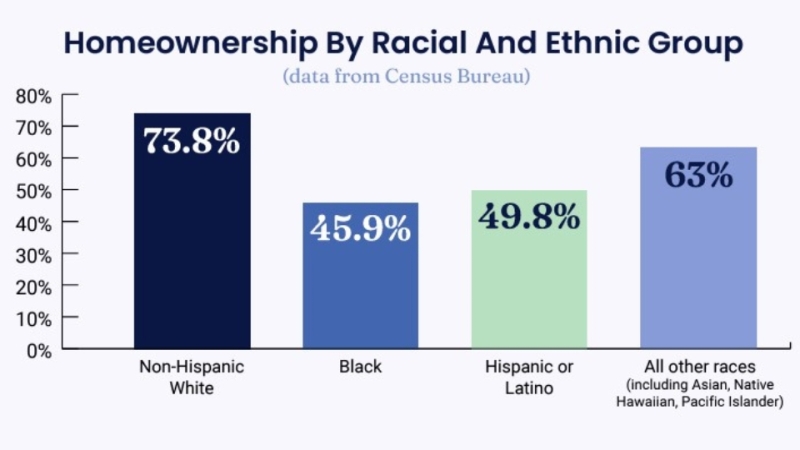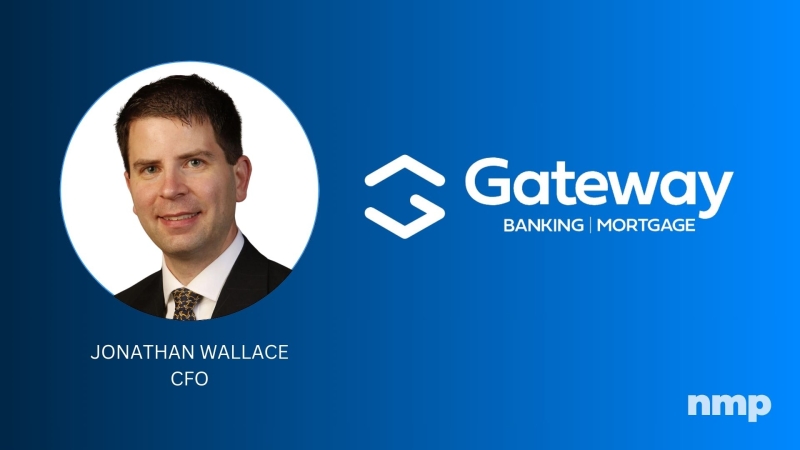Advertisement
FHA refinances: What you need to know now
PricewaterhouseCoopers releases quarterly report on commercial real estateMortgagePress.comPricewaterhouseCoopers, economic recession, commercial real estate, 2009 PricewaterhouseCoopers Korpacz Real Estate Investor Survey
Battered by the U.S. economic recession, the commercial real
estate market is struggling to maintain values across all property
types and geographic areas, kicking a growing number of investors
into survival mode as they painfully watch the value of their
existing portfolios decline, according to investors and real estate
professionals surveyed as part of the first quarter 2009
PricewaterhouseCoopers Korpacz Real Estate Investor Survey.
Real estate investors do not expect a rebound in any of the
commercial real estate sectors until well into 2010, according to
the survey. In the meantime, property owners are faced with limited
financing options, declining tenant demand, rising overall
capitalization rates and deflated confidence. They are looking to
protect the value of their existing properties in order to compete
and survive in an increasingly challenging environment. To mitigate
value loss, landlords are being more proactive about signing
tenants to new leases, expansions and renewal, in some cases
offering leasing incentives and lower rental rates. In addition,
some are attempting to cut property costs and better position
assets in a rapidly growing tenants' market.
"Tenants are in the driver's seat, and landlords are in survival
mode, trying to preserve revenue streams in one of the harshest
ownership environments ever encountered," said Tim Conlon, partner
and U.S. real estate sector leader for PricewaterhouseCoopers. "It
will be survival of the fittest going forward, with owners who are
able to remain financially strong being better positioned to
capitalize on the buying opportunities that are to come."
Positioning for the rebound
Although sales have been weak, investors surveyed by
PricewaterhouseCoopers expect buying opportunities to emerge in the
coming months as commercial loan defaults increase and the number
of distressed assets on the market increases. In fact, some
investors are preparing for potential acquisitions by boosting
their liquidity through de-leveraging, joint venture partnerships
and select dispositions of current holdings. However, the bid-ask
pricing gap remains wide between buyers and sellers, pricing is
opaque because of limited sales activity and financing remains
scarce.
Also making acquisitions difficult is the fact that recession
conditions in commercial real estate are not expected to ease until
2010 at the earliest for most major property types. One exception
to this recovery is the U.S. apartment sector, where demand
increased with the rise in foreclosures as many homeowners turned
to rental properties as a housing option. As demand for multifamily
housing catches up with supply, the apartment sector is expected to
emerge from the recession phase of the value cycle ahead of the
other sectors, according to the survey.
"In recent months, even the most optimistic real estate
investors have conceded how challenging today's economy is for the
industry. Their confidence has been battered and it could take
years to regain it," said Susan M. Smith, editor-in-chief of
PricewaterhouseCoopers Korpacz Real Estate Investor Survey and a
director in the PricewaterhouseCoopers real estate sector services
group. "The one certainty they can hold on to is that there will be
a recovery, but, until then, they need to determine how to survive
under some very tough conditions."
First quarter 2009 sector highlights
As investment risk has increased, the average overall
capitalization rate increased on a quarterly basis for all surveyed
markets with the exception of the Washington, D.C. and Houston
office markets. The Pacific Northwest, San Diego and Denver office
markets posted the largest quarterly overall cap rate increases in
the office sector. Most of the real estate professionals surveyed
as part of the Korpacz Real Estate Investor Survey project overall
cap rates to increase over the next six months.
Among the significant developments in select sectors during the
past quarter:
Regional malls flatline: Sale transactions have nearly come to a
standstill in the national regional mall market, with investors
wary of performance and having trouble pricing assets. The average
initial-year market rent change assumption dipped to 1.71 percent
this quarter, 92 basis points lower than a year ago and the lowest
average ever reported for this market.
Power centers struggle: With consumers curtailing spending,
national power center property owners are struggling to maintain
occupancy levels and rental rates. The overall cap rate increased
by 41 basis points in the past quarter, to 7.98 percent, the second
straight quarterly increase of at least 40 basis points.
Office markets crumbling: Demand has weakened for office space,
and many traditionally strong markets are seeing vacancy increase.
As supply outpaces demand, the average initial-year market rent
change rate remains on a downward trend in the office sector,
dropping roughly 260 basis points over the past year in the
surveyed office markets. Furthermore, property values are expected
to drop as much as 30 percent nationally over the next year in the
CBD and suburban office markets.
This quarter's report also includes a review of the local market
outlook for 18 major U.S. office markets including Atlanta, Boston,
Charlotte, Chicago, Dallas, Denver, Houston, Los Angeles,
Manhattan, Northern Virginia, Pacific Northwest, Philadelphia,
Phoenix, San Diego, San Francisco, Southeast Florida, Suburban
Maryland and Washington, D.C.
For more information, visit www.pwcreval.com.
About the author





